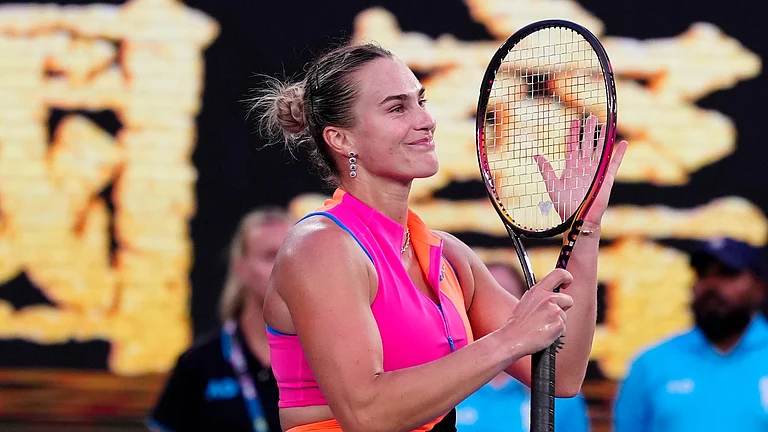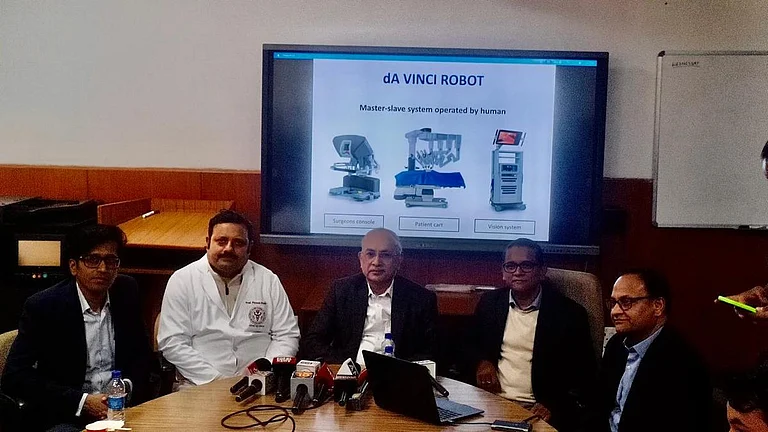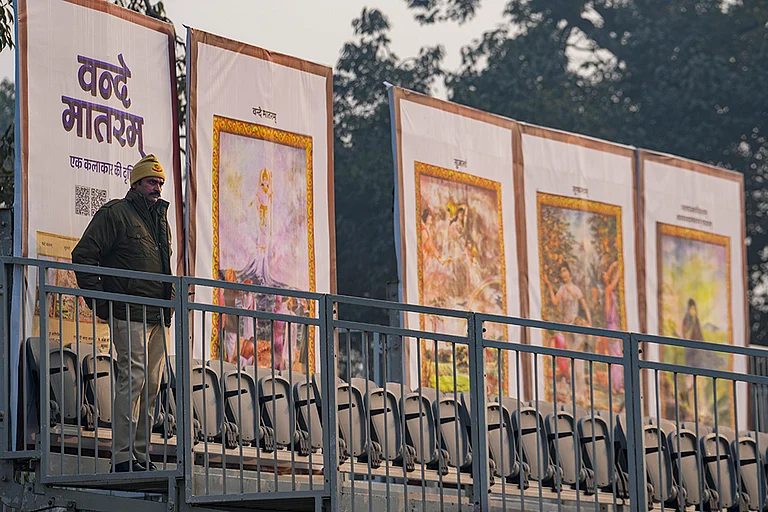The two trends are a good illustration of the phenomenon Ammu Joseph's book describes. Women are being simultaneously described as too weak and too strong. Too meek and too militant. The truth, however, lies somewhere in between. This book, as the author makes clear in the preface, is "not meant to be a who's who of Indian women in journalism (but)...an exploration of the world of journalism in India through the eyes of women situated at different vantage points in the profession". It is, in other words, an honest effort to look into the 'in-between' areas and see what makes the women journalists' world tick.
The material gathered in the fourteen chapters of the book is largely based on interviews with nearly two hundred women journalists in the print media, working all over India and writing both in English and various other Indian languages. Its main thrust is not to present hard data about the profession (which, as the author confesses, is woefully inadequate), but to highlight its human face and make visible the agony and the ecstasy of being a woman journalist in post-Independence India. The book also gives three annexures at the end: about journalists who have contributed to the making of the book, a select bibliography and a list of the recipients of the Chameli Devi Jain Award that honours one or more outstanding women journalists each year. It ends with senior woman journalist Usha Rai's warm tribute to a younger practitioner, Barkha Dutt, for her reporting from the battle zone of Kargil for Star TV. It is a journey down memory lane for Rai, a colleague and a close friend of Barkha's mother, Prabha Dutt, who had herself broken new ground way back in 1965 by her war reports from the Indo-Pak border.
Of course, it is neither possible nor fair to generalise about women journalists as a species. Their personalities, working styles and experiences are as varied as the profession itself. It is also not surprising that some of them consider feminist networking passe and wish to be considered as journalists, period.
As the very readable book unfolds, however, the women journalists' need for networking and having a watering hole of their own-like the Indian Women's Press Corps (IWPC)-becomes inescapable. When the all-women press club came into being, stories about its genesis or longevity that surfaced in the media highlighted interesting mindsets within the fraternity. To be honest, networks organised by women dependent on a very male-dominated profession can, and often do, go through painful approval-seeking from the establishment. But as the experiences of the founder- members of the IWPC make clear, this stage is short-lived. The initial timidity and conformity go out of the window soon enough as intelligent women realise both their collective power and their personal (and very different) notions about journalistic vantage points. Like any immigrant group (such as the New York cab drivers, as one senior editor pointed out), as a collective women may tend to be a little too gung-ho, but they can and do help each other with confidence building, solutions to professional problems, announcements of job openings or lists of pro-women corporate groups and services to support. No mean services these. Especially for a group with no clear role models and enormous social disincentives working against them, particularly in small towns.
Apart from giving the readers rare and candid insights into the personal and working lives of women in one of the most physically challenging and cerebrally demanding professions, the book is noteworthy for underscoring how and why women are so good at spotting and reporting on marginalised and oppressed groups, about invisible power-struggles within the polity and society, on riots and physical conflicts. It is so, as the book shrewdly notes, because women of every state, caste and class in India are groups most likely to have migrated away from their natal families in the initial stages of their growth. That, perhaps, is the reason why they are able to so fully empathise with the disenfranchised.
As these women discover who they are, they often also help society discover itself, and also help to reveal how wrong the top-down assumptions about 'the majority culture' and its needs can be.
It is a book that may not provide readers with hard data, but it does offer clear insights into the actual workings of the profession as women have experienced it over decades. And in the process it makes us take a long-hard look at many of our own notions of what good journalism is all about.
























